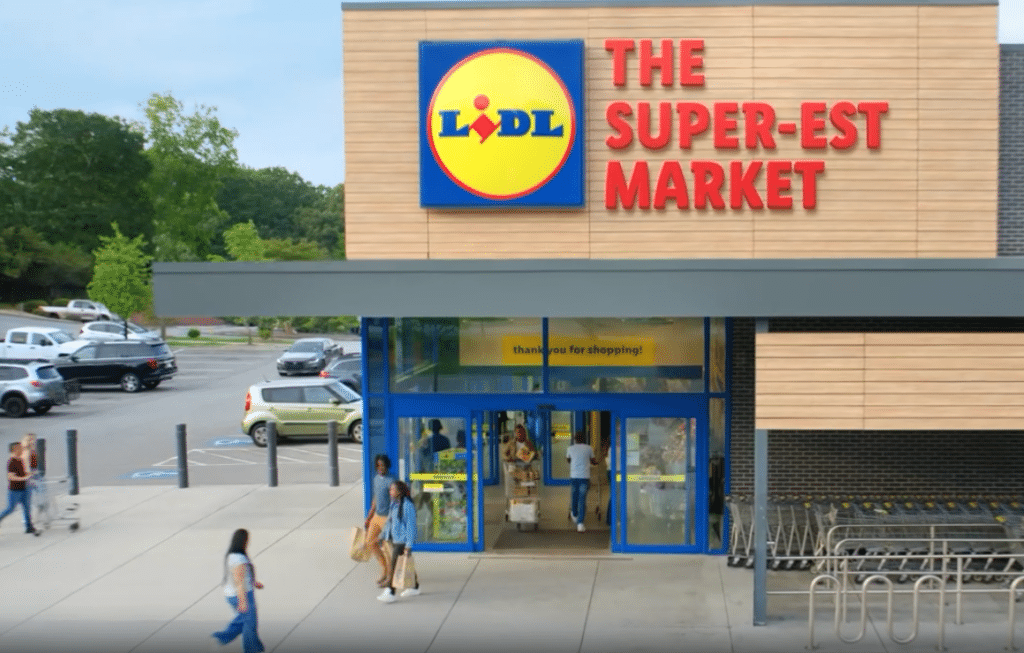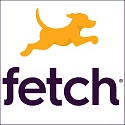
Seven years and some 180 stores later, the country’s newest grocery chain still has some identity issues. It seems that nearly half of grocery shoppers – in markets where the retailer has stores, no less – have no idea what Lidl even is.
So the grocer is embarking on a brand relaunch, to educate the other half as it tries to strengthen its position in a competitive environment.
During a recent industry conference, Lidl U.S. chief customer officer Frank Kerr admitted that a company-commissioned survey found that only 58% of shoppers in the East Coast markets where it operates had heard of Lidl or knew it was a grocery store.
So a new ad campaign portrays Lidl as “putting the ‘super’ in supermarket,” by branding it “the Super-EST Market,” in an effort to get the word out. “We’re launching chic in-store signage, online videos, billboards, digital displays, and more,” the retailer announced. “Soon, it’ll be impossible to not know who we are.”
It’s a curious positioning, since the small-format, limited-selection, ALDI-like European import is in many ways the opposite of a supermarket. “We don’t believe in confusing you with an endless number of brands,” Lidl explains, instead focusing on “a curated collection of private label picks, global imports, and everyday name brands.”
That collection has also undergone a shift. Compared to a traditional supermarket that carries tens of thousands of different products in all sizes, varieties and brands, Lidl offers a much slimmer selection of about 4,000 different items. The mix is heavily weighted toward store brands, but with a selection of more well-known name brands as well. Kerr said about 40% of Lidl’s offerings have been tweaked in recent months, adding or subtracting items, changing brands or updating packaging to better appeal to shoppers.
With stores in nine East Coast states and Washington, D.C., Lidl is similar to, but still far behind, its fellow European import, ALDI. While both have long competed for business across Europe, ALDI made the leap into the U.S. market decades ago and is aggressively expanding across the country, with more than 2,400 stores and counting. Lidl didn’t open its first U.S. store until 2017, and if shoppers in the states where it operates still don’t even know what Lidl is, shoppers in states where it has yet to expand surely don’t.
So Lidl hopes it’s now poised for growth after years of growing pains. A dunnhumby analysis last year described Lidl as “essentially a second-mover” on a format already perfected by ALDI, while still suffering “some slight misalignment between customer needs, assortment, and store experience.”
So the “Super-EST Market” positioning may be less about comparing Lidl to full-fledged supermarkets so much as it is comparing Lidl to the more streamlined ALDI. ALDI stores are generally about half the size of Lidl, with about half as many products and fewer name brands. ALDI is a no-frills, everyday low prices type of store, while Lidl offers coupons, deals and a loyalty program, on top of everyday prices it says are lower than its bigger competitors.
“We’re passionate about the quality and variety of our offerings, and especially how we help shoppers save money,” Lidl U.S. CEO Joel Rampoldt said in a statement. “This brand relaunch allows us to reintroduce Lidl U.S. in a big way, especially as we continue to grow our business. We’ve always known how super we are. Now, it’s time to spread the word.”
Getting nearly half of shoppers to realize what Lidi is, is half the battle. Getting them to actually shop there, could determine whether Lidl can turn its short-term struggle into long-term success.
Image source: Lidl










